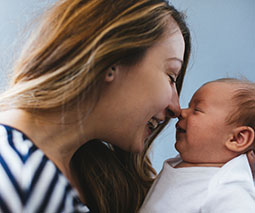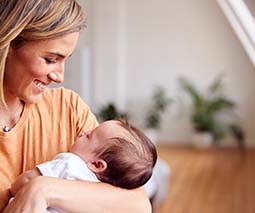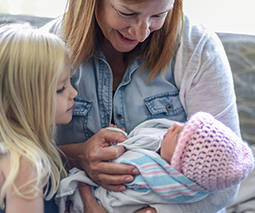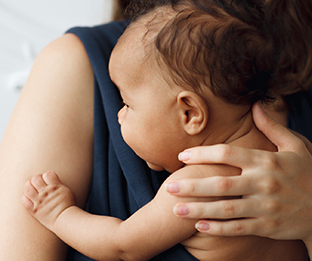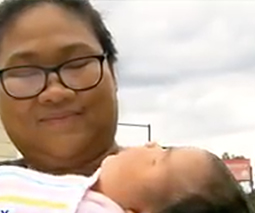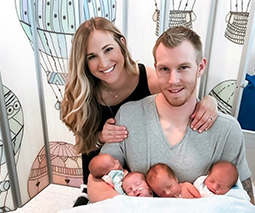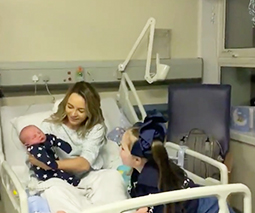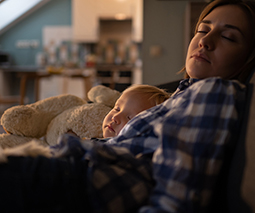“Deeply disturbing” – Minister slams “rogue” chiropractors who treat newborns
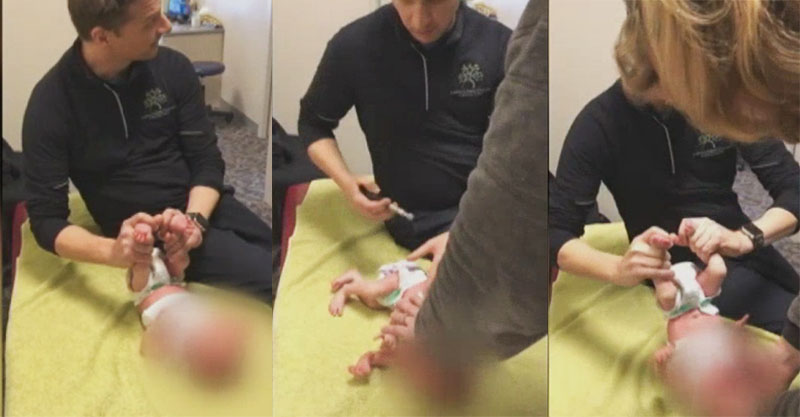
A video of a Melbourne chiropractor performing adjustments on a two-week-old baby is being widely circulated in the media, with the Health Minister Jenny Mikakos condemning the practice and calling for reform.
Content warning: the videos in this story may upset some readers.
Deeply disturbing
The video (below) – which was originally shared on the Facebook page of the chiropractic clinic and has since been removed – shows a chiropractor holding the baby upside down and also carrying out adjustments using a chiropractic ‘activator’ tool.
“This vision is deeply disturbing,” Health Minister Jenny Mikakos said in a statement on Tuesday, SBS reports. She has referred the practitioner to the Chiropractic Board of Australia and the Australian Health Practitioner Regulation Agency (AHPRA) “to take the necessary action”.
“It’s appalling that young children and infants are being exposed to potential harm,” Ms Mikakos said.
WARNING GRAPHIC: There's controversy over a disturbing new video showing a Melbourne chiropractor treating a two-week old baby's spine. #9Today
Posted by TODAY on Tuesday, 19 February 2019
This chiropractor is not the only one treating babies, it must be said, but this new video is now going viral making him the focus of these calls for action against him. It’s easy to see why. The clip is pretty awful and the baby cries throughout the procedure.
The Health Minister called on the Chiropractic Board of Australia to condemn the practice of treating infants. She also called on AHPRA to “act quickly to stop these rogue practitioners in their tracks”.
“The board has made a strong statement about the care of children and has written to every chiropractor in Australia to warn them to comply with their professional and ethical obligations, which are clearly outlined in the board’s code of conduct for chiropractors,” a spokeswoman said according to SBS.
Read more stories about the science of parenting:
- How one small change is making breastfeeding easier for mums and babies
- Repeat miscarriages appear to be linked to problem sperm
- Tiny babies may only recognise their mum’s face front-on (and NOT side-on)
- Researchers reveal the real reasons babies kick and jab inside the womb
An ongoing issue
Chiropractors are treating the babies of well-intentioned parents, some even ‘sneaking’ into hospitals to make adjustments, shortly after birth. The theory behind this is that it will help babies recover from the rigours of being born and encourage spinal symmetry. Proponents of the practice also say it helps with a range of infant issues – from sleep to feeding to colic.
But is that really true?
A 2012 study of chiropractic intervention in infants found that babies who underwent chiropractic adjustments did report significant improvements when compared to babies who didn’t.
A 2012 review of manipulative therapies for infantile colic was unable to conclude that there were any benefits.
“Ultimately, there is limited and generally poor quality evidence of the benefits of spinal manipulation on newborns — and clear evidence of the albeit small potential for major harm,” the ABC reported in 2016.
Nope
Lots of experts agree with the ABC’s conclusion and are worried about paediatric chiropractic treatments.
“In the case of newborn care specifically, there is very little literature to evaluate,” Clay Jones writes for Science Based Medicine.
“What does exist consists mostly of case reports, uncontrolled studies, and systematic reviews published in questionable journals. Thousands of anecdotes and testimonials are available on the websites of individual chiropractic practices, however.”
Clay also cited lots of upsetting examples of this sort of treatment, including the above clip where he noted the chiropractor is “confidently describing complete nonsense.”
A story published on The Conversation several years ago details the circumstances and reporting around one particular paediatric chiropractic procedure and it makes for pretty awful reading.
The CBA’s current guidelines around treating babies and children, centre around practitioners complying with current evidence or best-practice based information during treatment, taking into account children’s individual health and informing parents of associated risks – among several others.
